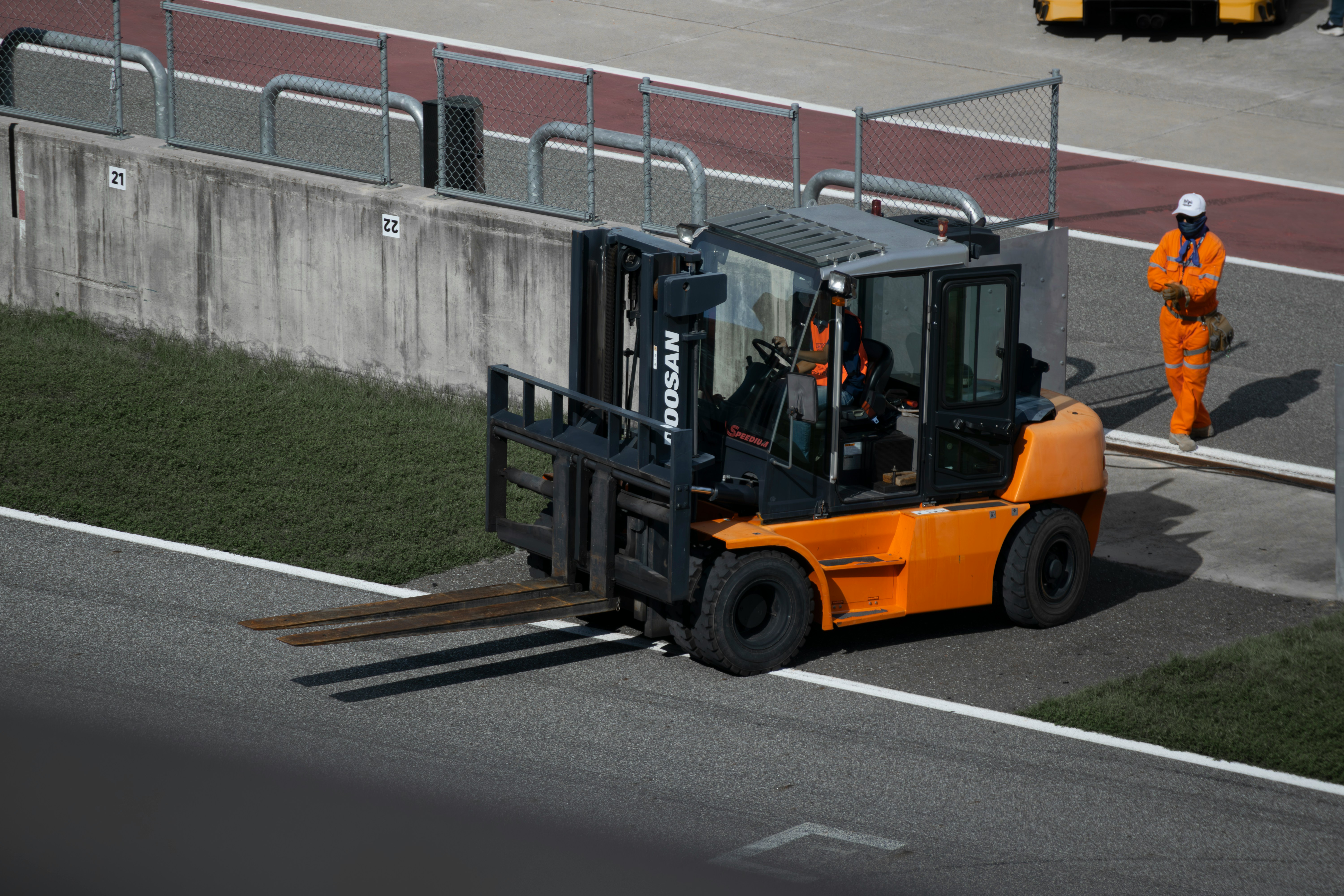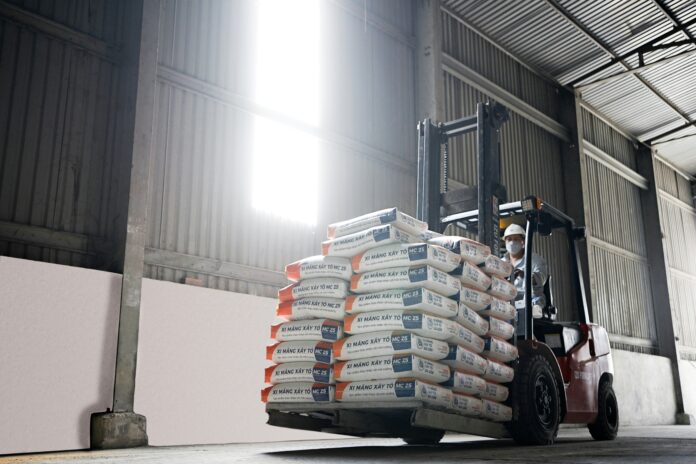Cargo operations are the core of global trade, so goods are moved worldwide effectively. However, there are also grave risks involved. Cargo handling and warehouse incidents occur more frequently than in many other industries. The consequences include injuries, financial losses, and operational disruptions but the good news is that most of it is preventable.
Safety training is essential for preventing accidents. Workers must learn to do their jobs safely, including driving forklifts in tight spaces and recognizing potential hazards. Proper training can transform accident-prone workplaces into safe, efficient hubs. As the industry grows more complex, staying ahead with robust safety measures is not just a best practice but a necessity.
Forklifts and Fundamentals: Why Training Is Non-Negotiable.
Forklifts are invaluable tools in any cargo operation. Unfortunately, they contribute to the high incidence of workplace injuries and deaths. A single poorly trained or unprepared driver can unintentionally transform this advantage into a disadvantage. This is where thorough forklift training is crucial.
Properly certified operators need the training to operate these highly effective machines. For example, you can fast-track your forklift certification through accessible online courses that fit busy schedules. These courses teach the critical elements of workplace safety, including load handling and equipment inspection.
When operators are trained, accidents such as tip-overs, collisions, and load instability become less frequent. Certification is not a formality but a lifesaving measure that empowers workers while boosting overall efficiency. Companies prioritizing certified operators are taking a proactive step toward accident prevention and fostering a culture of accountability.
Common Hazards in Cargo Operations
Cargo operations encompass towering stacks of containers, constant heavy machinery movement, and much more. Some common risks include the following:
- Forklift accidents: These could be due to collisions, tip-overs, or improper usage.
- Falls and slips: This often results from uneven surfaces or cargo not being adequately secured.
- Improper cargo handling: This pertains to mishandling heavy loads or failing to secure items properly.
Safety training addresses these issues head-on. For example, employees learn how to recognize uneven terrain that may upset a forklift or recognize a pallet not loaded correctly. Workers also build the confidence to say something when they see unsafe behaviors, creating an environment where all workers are held accountable for safety. By targeting these specific hazards, companies are able to lower injury rates and create a more resilient, safe workforce.
Safety Training as a Team Effort
Safety training involves collaboration among employees, supervisors, and safety professionals to ensure the program is cohesive and effective for everyone. When teams train, they develop a shared understanding of safety protocols, making their implementation second nature.
Consider a cargo operation team where operators and supervisors jointly participate in a forklift safety drill. Operators sharpen their driving skills while supervisors gain a clearer understanding of the challenges on the ground. This shared experience fosters trust and accountability.
Beyond drills, open communication channels, such as regular safety meetings or anonymous reporting systems, are crucial. This allows all members to feel empowered to raise concerns or suggest improvements. When safety becomes a collective mission, it’s no longer a burden but a shared responsibility that protects everyone.
Making Training Accessible and Relatable
Accessibility is one significant challenge to successful safety training. In the cargo industry, individuals have busy schedules and high turnover rates, so training seems a luxury. However, it need not be.
Interactive and hands-on approaches can make training sessions more engaging and practical. For instance, virtual reality simulations can be used to practice real-world scenarios in a controlled environment. Similarly, concise online modules allow employees to learn independently without disrupting operations.
Tailoring training to the specific needs of a workforce also matters. A new forklift operator, for example, requires a different level of instruction than a seasoned employee brushing up on protocols. Companies ensure that their training programs resonate with employees by focusing on relevance and flexibility, improving retention and application.
The Broader Impact of a Safety-First Culture
Safety training does more than reduce accidents—it transforms workplaces. Employees who feel valued and protected are more engaged and productive. Efficient operations, fewer disruptions, and a reputation for prioritizing worker welfare are just a few of the benefits companies enjoy when safety is a priority.
This, in turn, creates a ripple effect of a safety-first culture. Workers adopt these habits in their personal lives and influence others to do the same. Companies set industry benchmarks, encouraging the widespread adoption of effective training programs.
Safety is not just about rules but about creating a thriving, empowered workforce.

Building a Safer Tomorrow
Safety training is the cornerstone of success in an industry as dynamic and demanding as cargo operations. It prevents accidents, saves lives, and drives efficiency—a trifecta that benefits everyone involved. Companies prioritizing comprehensive training programs empower their workforce, improve morale, and strengthen their bottom line.
Just as cargo operations keep evolving, our safety commitment must also do so. Investing in accessible and practical training ensures that operations become smoother and secure a brighter and safer future for everyone involved. After all, safety is a shared responsibility, and it is worth embracing.







